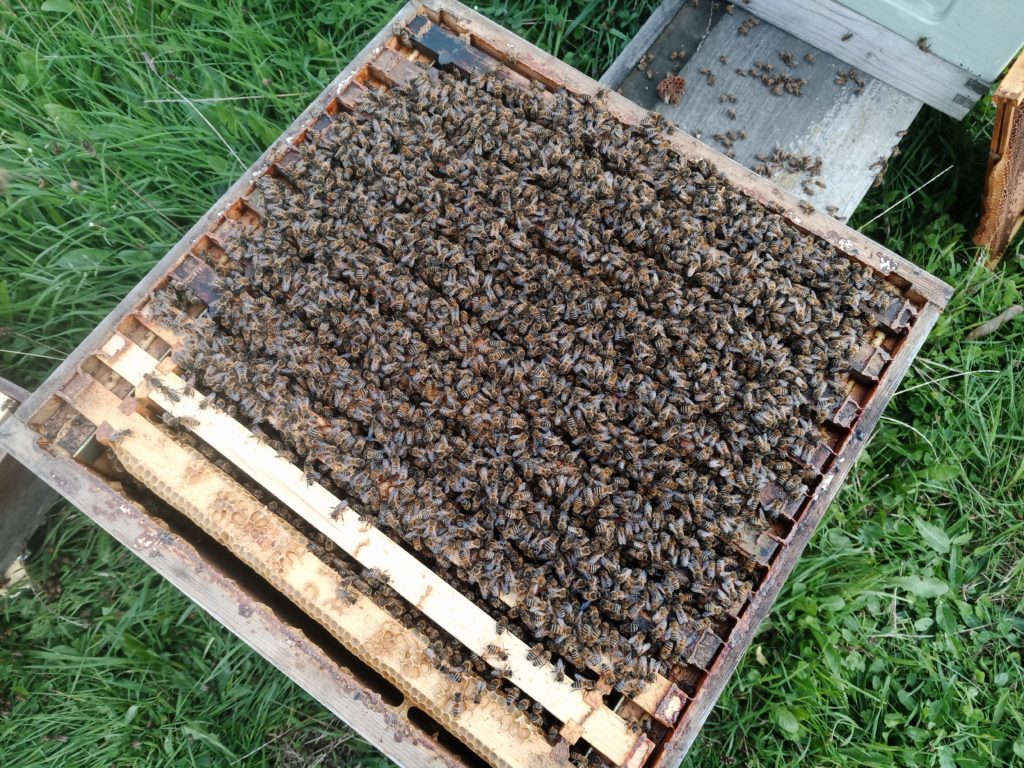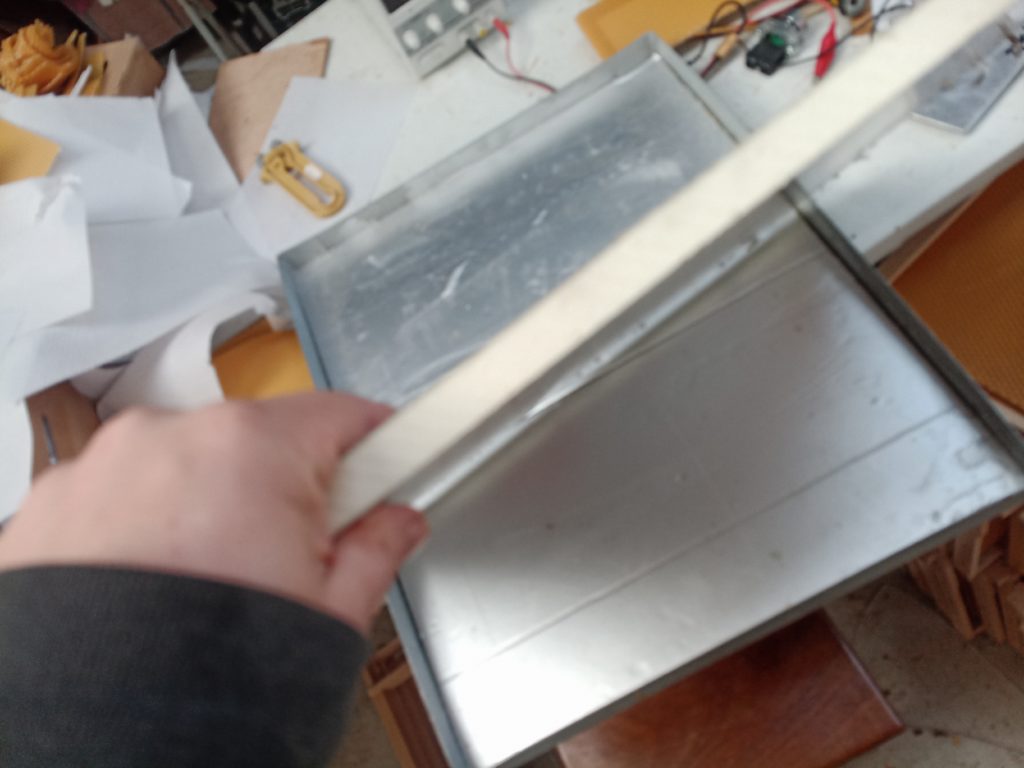How important is it to insulate a beehive? Is insulation worth it? Should we add extra insulation for over winter?
These are all good questions that seem appropriate for this time of the year. Every year in the autumn beekeepers wrap hives and discuss the impact of cold weather on the bees. Equipment suppliers offer discounts on hive wraps and new methods of insulating hives start popping up. We have put together a bit of information to help you understand how insulation works and how it is best utilised.
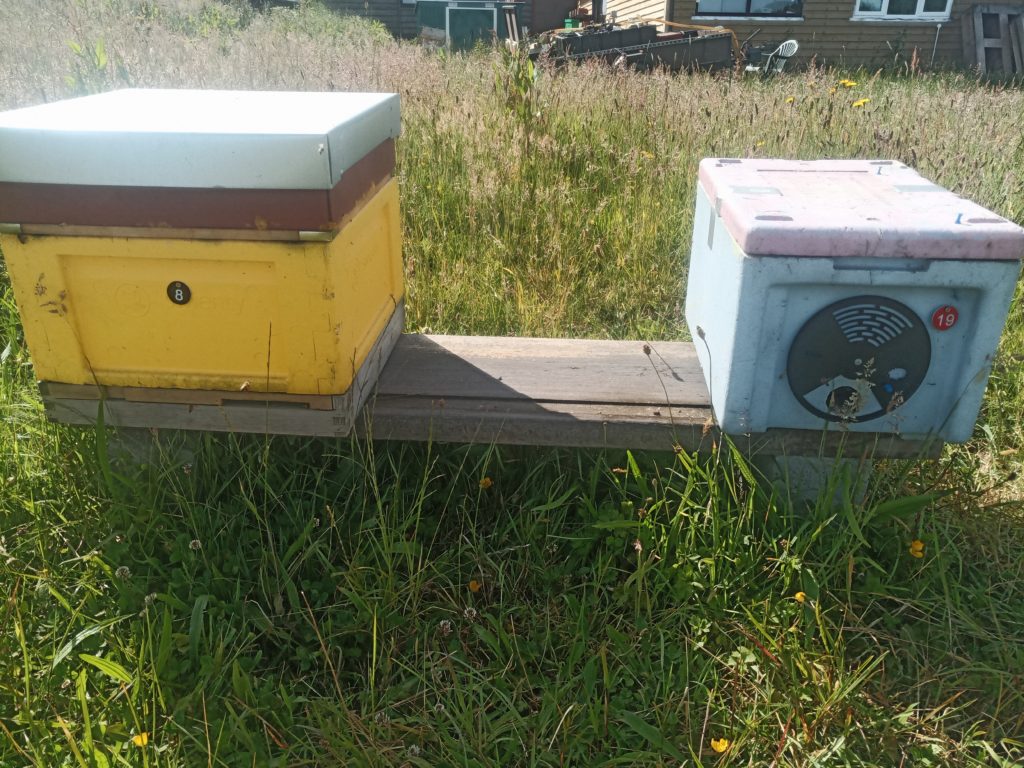
Insulation
It is important to understand how insulation works. Insulating a box does not make it warm inside. Insulation works by preventing the movement of heat. If the box starts out warm inside, then insulation will slow the movement of heat out of the box and help keep it warm. Reversely, if the box is cold, the insulation prevents the movement of heat into the box keeping it cold for longer.
Insulation is merely a material which has a low thermal conductivity, or a high thermal resistance. All materials have some degree of thermal resistance, this is just a measure of how quickly heat moves through the material. This measure is referred to as a ‘R value’. The higher the R value, the better an insulator the material is.
Honeybee Thermal Regulation
As bees are very adept at regulating the temperature internally, the temperature within a colony stays very stable. Note that we have said colony, not hive. This is important, bees do not directly heat a hive. Honeybees operate by forming and maintaining a cluster. It is the cluster which they heat. The bees will expand and retract the size of the cluster dependant on the available bees and resources as well as environmental influences. During the summer months, the cluster expands out so far that the cluster walls touch the hive walls, and the cluster is indistinguishable.
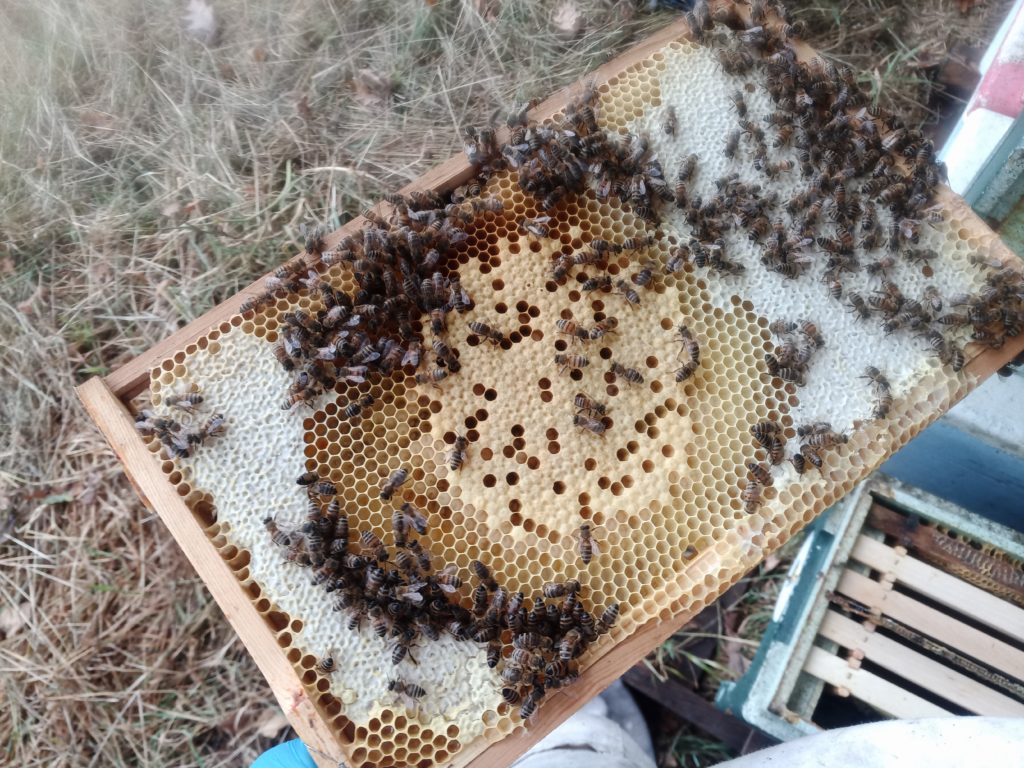
What does it mean?
With these two parts together, we can start to understand how insulating a beehive works. Insulation reduces the movement of heat, both from the inside out and outside in. Bees regulate colony temperature to keep it stable by moving warm air out when too hot or tightening their cluster when the temperature drops. Insulation makes it easier for the bees to do this as it slows the effects of external influences.
In the winter this means that the greater the insulation of the hive, the lower the heat loss and therefore there is an energy saving for the bees. This in-turn reduces the rate of resource consumption. However, in the summer, higher insulation levels slow the movement of heat from outside into the hive. This reduces the chances of overheating and again reduces the workload of the bees having to cool the hive.
The other advantage of insulation is the reduction in rate of thermal change. This means that when there are large swings in temperature, such as during the spring and autumn, the rate of temperature change within the hive is slowed. This allows the bees to react in a calm manner instead of it being a rush.
Correct placement of insulation
Whilst it is obvious that insulation can have a significant benefit to a beehive, its placement is very important. Incorrect placement of insulation can do more harm than good. It’s also important to consider when you insulate a beehive.
The addition of insulation to a hive controls the movement of heat and its eventual dissipation from the hive. Heat will naturally move upwards, very simply, hot air rises. When warm air meets something solid, the heat will transfer through the solid object and continue its upward journey. Heat struggles to move between objects of different states, for example from gas to solid and vice versa. Therefore, it will always attempt to move around such obstacles.
Insulation is particularly difficult for heat to move through. The aim is to place insulation in a manner which maintains the environmental continuity within the hive. During the winter, the aim is to reduce the loss of heat from the hive. As heat rises, it stands to reason that placing insulation on top of the hive will be most effective, followed then by insulation around the sides. Insulation under a hive would be least effective, and for the reasons of ventilation most damaging.
In the summer, most of the heat from the sun hits the top of the hive. This heats the roof which then heats the colony from the top down. Insulation on the top of the hive slows this process and maintains the colonies environmental stability.
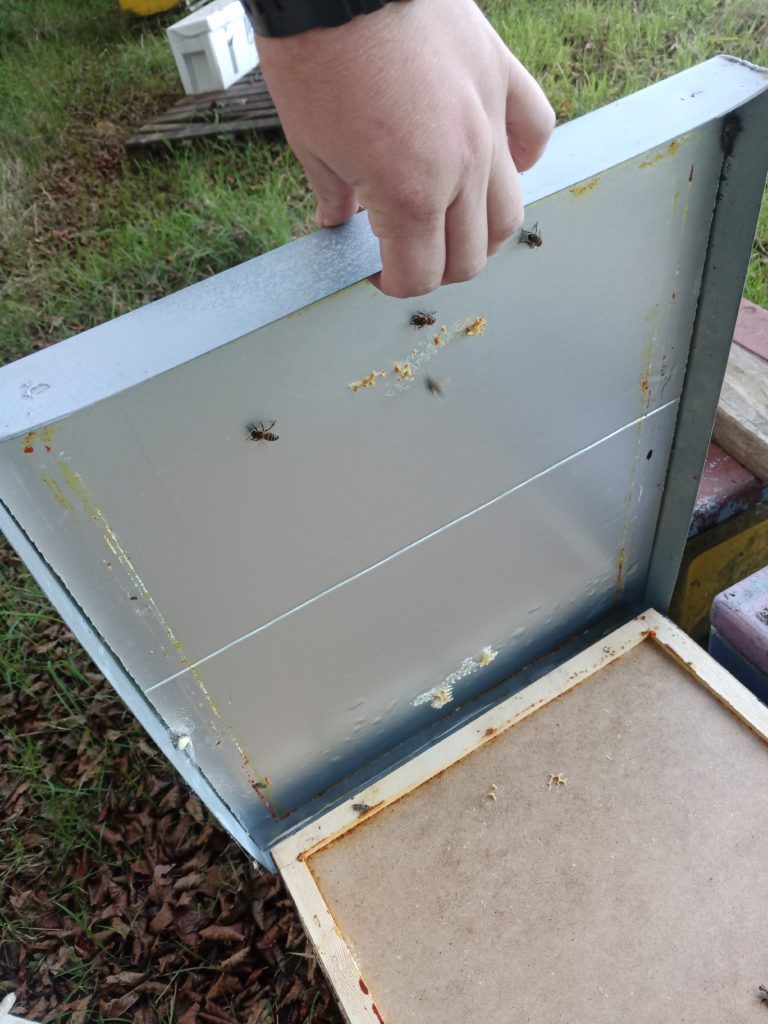
The last thing to consider is the heat effects on the local environment and the effects of heat movement. As we know heat rises, but warm air also carries moisture. When the warm air reaches a cold surface the heat travels through leaving the moisture behind as condensation.
In a beehive, this can be a significant problem. Condensation dripping down over the cluster can be catastrophic, especially in cold weather. In extreme cases it can result in colony death.
Considering what we know about heat movements and the effects of insulation, we can control the formation of condensation. Condensation is going to form no-matter-what. However, by ensuring that the insulation value at the top of the hive exceeds that of the walls, most of the heat that is lost will go through the walls. The result of this is that condensation will form on the internal walls, away from the cluster, posing no risk.
What does this all mean?
From this, some valuable lessons can be learnt.
Insulation can be highly beneficial for a hive, ensuring internal environmental stability. This will have positive effects on colony health and growth.
The highest level of insulation should be at the top of the hive, this provides protection from excessive heat in the summer sun and from loss of heat during the winter. It is also beneficial to have slightly less insulation on the walls than on the roof to prevent the build-up of condensation in areas that could cause harm to the colony.
Finally, insulation is beneficial all year round, therefore once a hive is insulated, it should remain constant. The addition and then removal of insulation can destabilise the colony environment having negative impacts on bee health.
